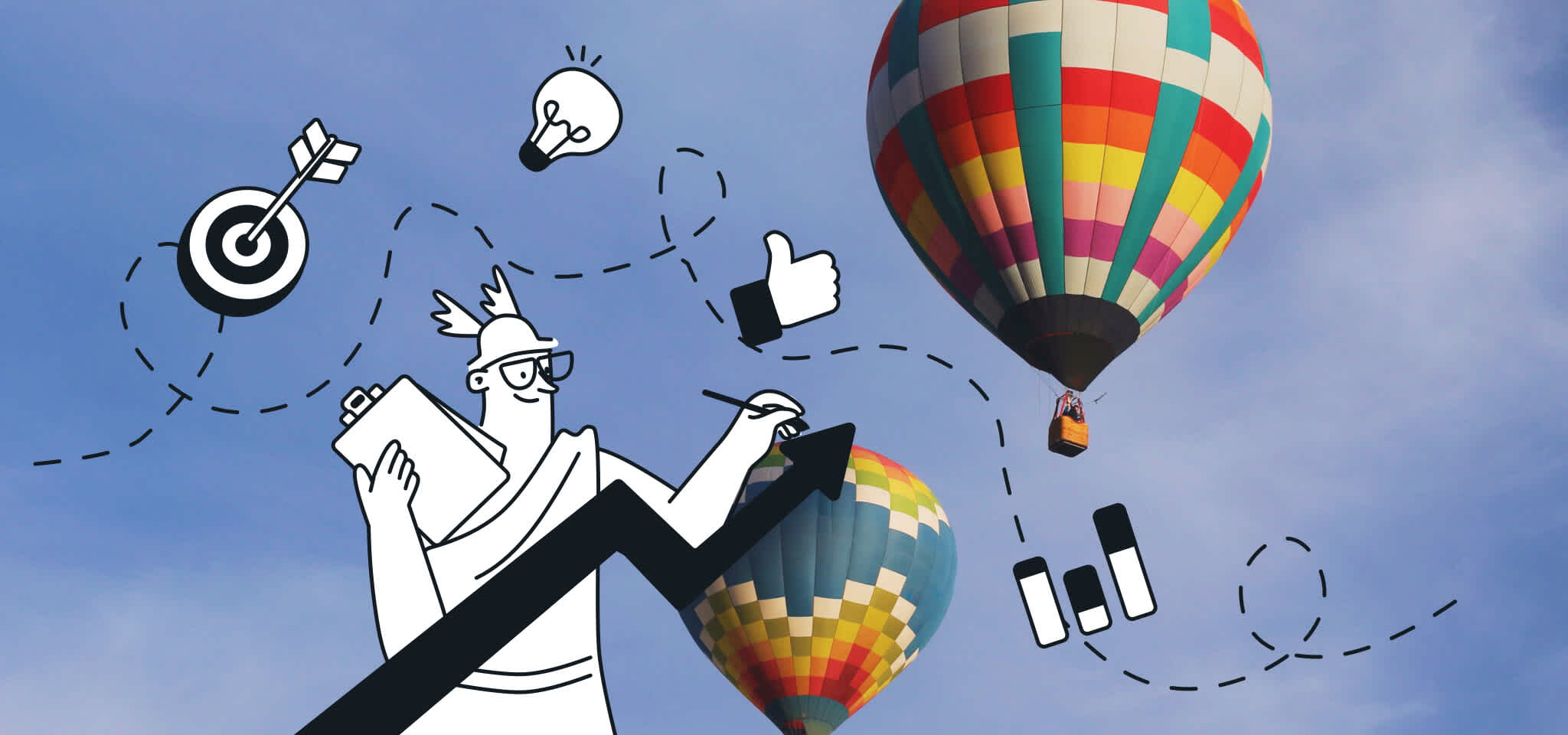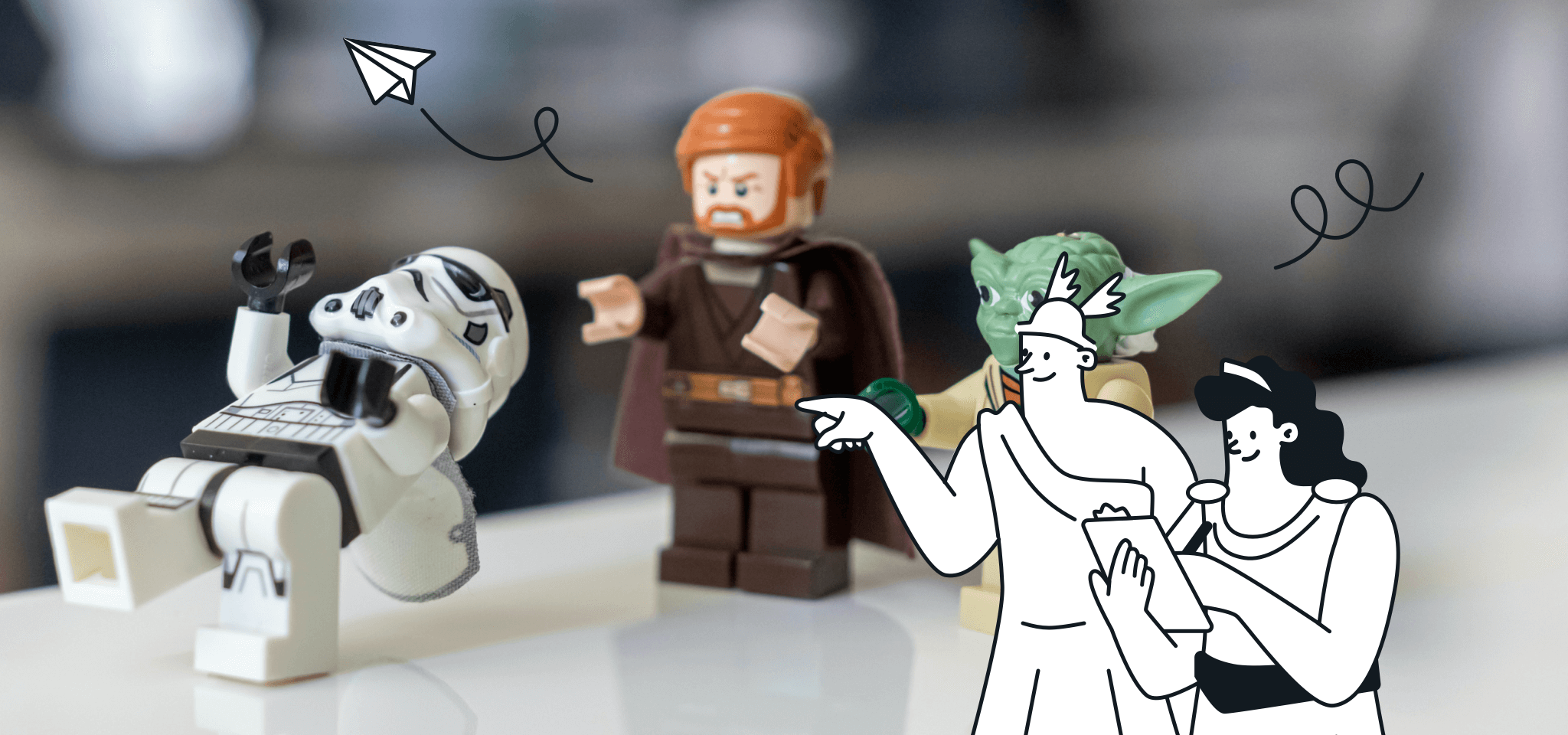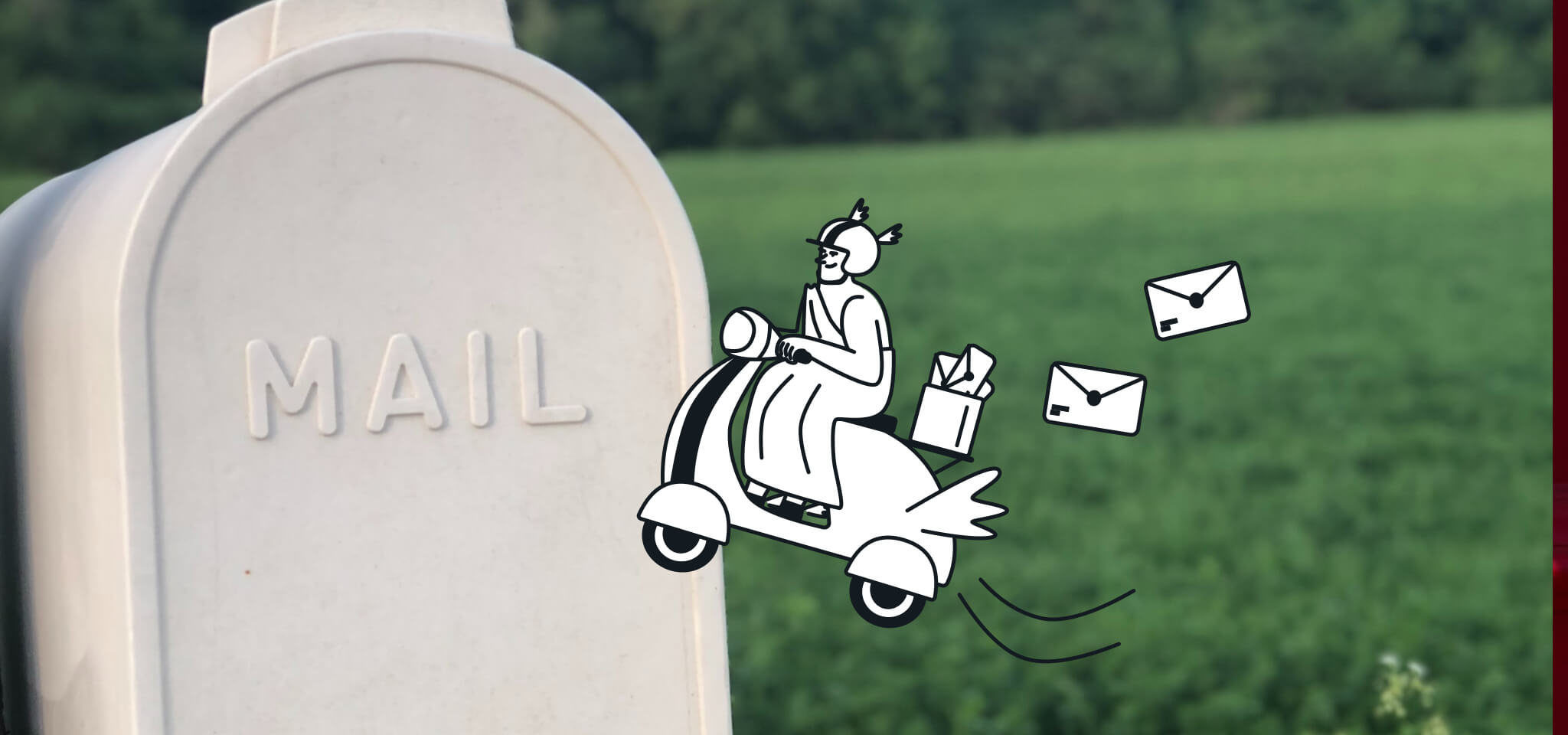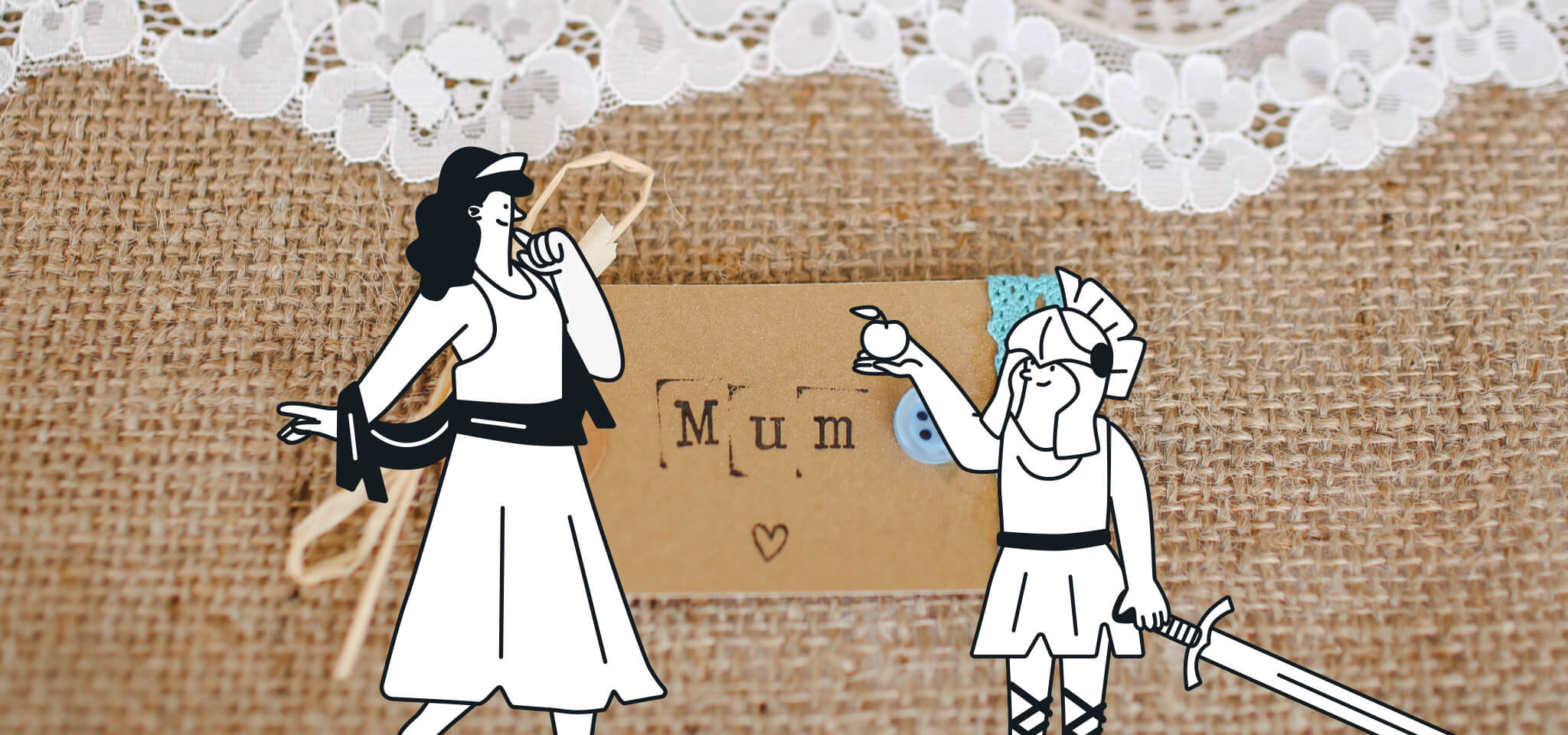Marketing
How omnichannel marketing can enhance your digital strategy
Find out why it is so important to focus on email marketing for a successful omnichannel marketing strategy.

PUBLISHED ON
Let's do a quick activity.
Try to remember all the times you've used the internet today. Every Google search, every email you've sent and received, every time you pulled up Instagram or scrolled through your Facebook or Twitter feed. We’re guessing it's a lot. And most of your customers are just like you.
In every search, email, or social media scroll lies an opportunity to grab your audience's attention. Omnichannel marketing is what's going to put your brand in front of your customers on all the platforms that matter to them.
So, what is it and how can you develop a successful omnichannel marketing strategy that allows you to connect with your audience wherever they are?
Table of contents
What is multichannel marketing?
Differences with omnichannel marketing
Better customer experiences
Automated personalization
Integrated marketing and customer service
1. Get to know your audience
2. Pick the best channel for your products
3. Develop new channels as capacity grows
4. Don’t overlook performance insights
5. Personalization and timing are key
6. Don’t neglect offline channels
7. Be mindful of regional channel preferences
8. Focus on email marketing first
1. Email promotes targeted and personalized communication
2. Email reaches a wider target group
3. Email allows you to send behavior-based emails
4. Email interactivity can offer a more consistent customer experience
5. Email is easy to integrate with other channels
Table of contents
01What is omnichannel marketing?
02How does omnichannel marketing work?
03What is the difference between omnichannel and multichannel?
04What are the benefits of omnichannel marketing?
058 tips for a successful omnichannel marketing strategy
06The role of email marketing in omnichannel marketing campaigns
What is omnichannel marketing?
Omnichannel marketing is a marketing strategy that works to provide your audience with a seamless, smooth, and hassle-free experience across all channels relevant to them.
In the modern digital age, people access the internet with multiple devices and through multiple platforms – and this allows for better connections and more control over the buying experience. The most successful organizations employ omnichannel marketing strategies to make these interactions a consistent, integrated, and effective experience for their customers.
Your customers are ready to interact with your business on different channels anywhere, anytime. The question is, are you ready to accommodate them and deliver an omnichannel experience?
An omnichannel approach seeks to continually advance each customer along their own journey as they interact with your company using their preferred media and technology channels.
How does omnichannel marketing work?
Omnichannel marketing methods involve meeting and interacting with your audience where they are. This applies to physical in-store shopping at your brick-and-mortar store, the devices they’re using, where they are in the customer journey, and their previous interactions with your company.
New generations have revolutionized the way brands connect with their audience. With millennials and generation Z making up a large portion of your audience base, you need to make your communication efforts more personalized and seamless across all channels.
In essence, omnichannel marketing is a customer-centric approach, rather than a company-centric approach. It requires you to see through your audience’s eyes and stand in their shoes.
What is the difference between omnichannel and multichannel?
Both multichannel and omnichannel marketing involve using multiple communication methods to reach, engage, and serve customers. Insisting they all must engage with you using one or two methods limits your reach.
The difference between omnichannel and multichannel lies in the level of integration and personalization between your communication channels, and how well you can automate this across all touchpoints throughout the customer experience.
Multichannel marketing lets the customer pick their preferred communication channel. Omnichannel marketing ensures that no matter how many channels that customer ends up needing to use, their experience always moves forward, building on what has already happened.
Pro tip: Customers shift from one channel to another as they try to find the perfect solution for their needs. Offering a consistent brand experience across all those channels is now a key element in your marketing strategy.
What is multichannel marketing?
In marketing terms, multichannel marketing attempts to reach every customer through their preferred channels of communication and interaction – whether that’s online searching, the phone, SMS, email, WhatsApp or other mobile apps.
Every single channel may have its own messaging, offers, calls to action, special deals, and ways to follow up. Each can function independently of the others. A large enough company could, in theory, have a team for email, one for the website, another for SMS, and yet another for social media.

While this approach may have some advantages, it can also have limitations when it comes to building a cohesive customer experience. Omnichannel marketing works to solve that.
Differences with omnichannel marketing
An omnichannel strategy seeks to interconnect what happens in one marketing channel and automate the sharing of customer data from that one experience to all your other channels.
That way, when a customer who prefers email decides to visit your website and then engages with a live chat operator to ask a question about a product, that chat experience doesn’t leave them feeling like a stranger.
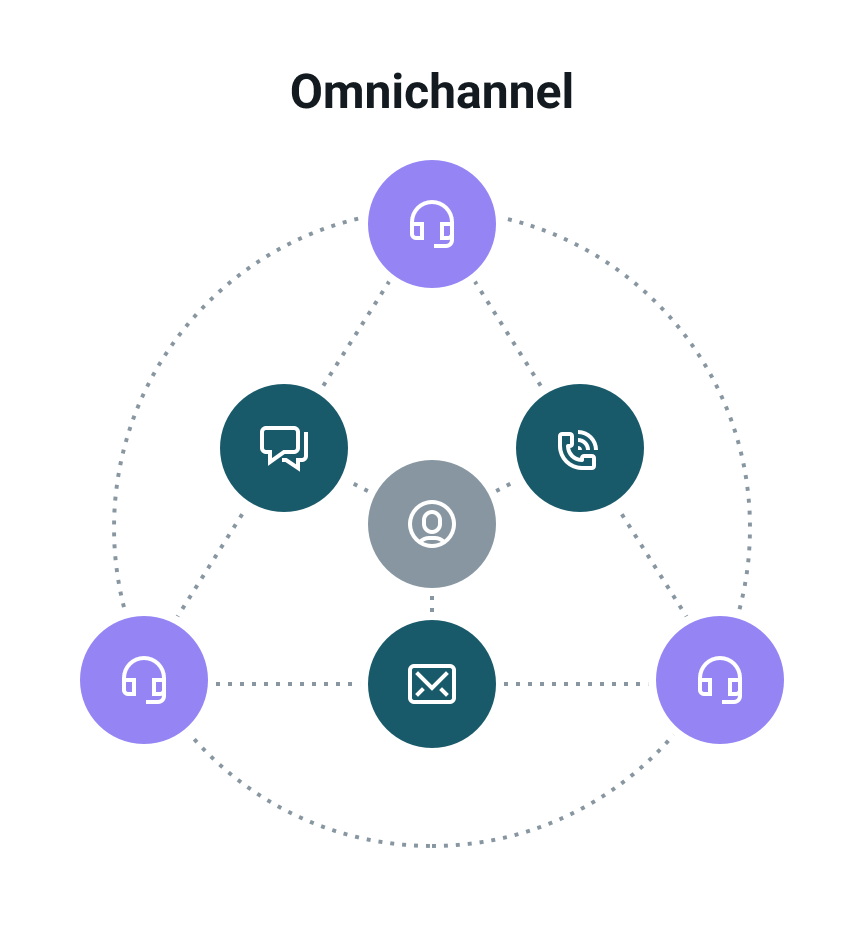
The chatbot or customer service rep can see data from all previous touchpoints. They know the customer’s previous purchases. They can see what the customer clicked on in various emails, revealing their interests and needs. They can see their demographics, how long they’ve been a customer, and all sorts of other information.
The result is a far better customer experience. Each step in the process is further down the buyer’s journey, rather than having to continually restart from the beginning with each new interaction.
An omnichannel approach advances the customer relationship and makes them feel less like a stranger.
This is why we like to compare the customer journey in an omnichannel experience to the hero’s journey in timeless storytelling. This approach makes the customer feel like the hero.
What are the benefits of omnichannel marketing?
As you have probably already surmised, omnichannel marketing saves you money. It takes a lot more time to have to restart the conversation with every marketing or customer service interaction than it does to pick up where you left off. It’s just more efficient.
But in addition to that, omnichannel marketing offers several other benefits you can’t experience as easily using other approaches.
Better customer experiences
When customers have better experiences, they remain loyal, leave good reviews, and spend more. And an omnichannel experience is far better than any other.
When you’re using an omnichannel marketing strategy, the customer can feel it immediately because chatbots and customer service reps already know something about them – even in their first interaction. It makes the whole experience less stressful, faster, and more satisfying.
“We found that using multiple messaging channels can increase average campaign engagement by 35%, compared to when using a single communication channel.”
Lee Munroe – Head of Design at OneSignal
Automated personalization
Personalization also gives customers a better experience, because it makes them feel known. But personalization is hard to do well – across multiple channels – if those channels aren’t connected.
By integrating your various marketing channels and allowing them all to see what the others know about each customer in real time, the customer feels known and heard no matter how they engage with your company.
And any future marketing you send them can also be tailored based upon their prior interactions, no matter the channel.
Integrated marketing and customer service
If we’re honest about it, customer service is also marketing. Good customer service closes sales, prevents returns, increases positive word of mouth and online reviews, and solves post-purchase problems.
With omnichannel marketing, your customer service isn’t sitting in a separate silo from your marketing and sales channels. Each team can see the same information about every customer.

So, whether they’re calling about a sales email they just saw, sending an instant message about a new product on your website, or chatting with you about a problem with a previous purchase, you’re doing all of this with the same goal in mind – to serve the customer well and keep them coming back. That’s why omnichannel marketing works in so many online business contexts.
8 tips for a successful omnichannel marketing strategy
We understand that it may be confusing to devise a kick-ass omnichannel marketing strategy from scratch. However, to make things easier for you, we’ve listed a few tips that will help you get started.
1. Get to know your audience
First and foremost, you must be aware of your audience’s needs and interests.
Understanding what exactly makes your customers click is a prerequisite to creating a successful omnichannel marketing strategy. Find out which channels your audience is the most active on and then equip yourself with the right tools to help you convert your prospects into customers.
Ideally, you should tap into all the channels to determine the specific behavior patterns relative to each of them. The best way to boost conversions is by correctly identifying and efficiently filling the gaps in the buying process.
Remember, you should focus on interacting with your audience not only after they’ve made a purchase, but also before it. Proactive companies stay on their prospects’ mind by sending them personalized emails to highlight positive reviews of their products from other customers.
2. Pick the best channel for your products
For a successful, targeted campaign, you should be able to determine which channel is best suited for your product or service.
This is a good starting place as you work toward omnichannel marketing, because you can branch out from one successful channel to new channels and integrate them as you go, so your customers always have a consistent experience.
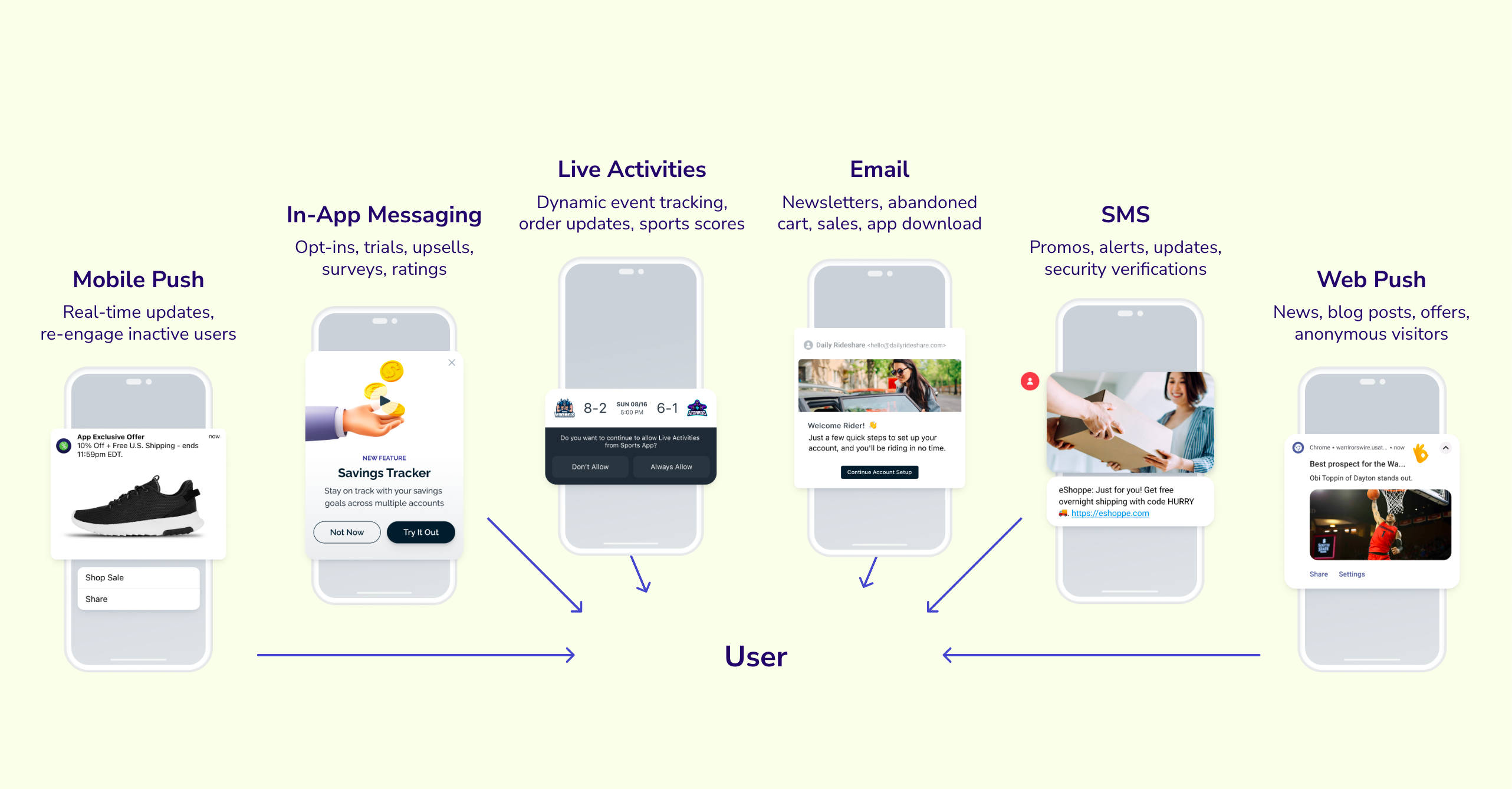
Certain channels are stronger at communicating with your audience depending on immediacy, type of content, or product
3. Develop new channels as capacity grows
Sometimes, implementing a multichannel approach first and then converting it to omnichannel later may be easier. You may have a strong email marketing team and system in place but feel intimidated by adding RCS messaging, for example.
So, pick one additional channel such as SMS or one social media platform and build that one up. Eventually, you will have several functioning online channels.
4. Don’t overlook performance insights
All your omnichannel marketing efforts will go down the drain if you don’t find a way to keep track of your performance. So, pay attention to how your different channels perform on different devices.
Using some form of analytics is a key step without which you may not be able to get insights into your audience’s digital habits, purchasing patterns, and transaction tendencies. Tracking your business’ metrics will help you modify your omnichannel marketing strategy to find more targeted solutions.
5. Personalization and timing are key
The days of one-size-fits-all marketing are over. Today’s customers expect brands to understand their communication preferences and expect to be reached via the right channel, at the right time. Now, personalization goes beyond using a customer’s name – it’s about crafting messages tailored to their behaviors, past interactions, and even the channels they prefer.
Timing also plays a critical role. Sending a message at the optimal moment can significantly impact engagement. For instance, push notifications timed to a user’s location or email campaigns perfectly aligned with their purchase journey create a much more meaningful connection.
Mailjet Tip: Mailjet’s segmentation tools allow you to build dynamic lists based on real-time customer data, ensuring that your campaigns resonate with the right audience. Additionally, the platform’s A/B testing capabilities enable you to experiment with send times to uncover what works best for different segments of your audience.
6. Don’t neglect offline channels
Portions of your customer base may prefer engaging with your business in person, if you have a brick-and-mortar marketplace. But even in your retail store, you can help them access special offers, giveaways, product information, and customer support from their mobile device.
A few well-placed flyers, posters, banners, and resources at checkout can go a long way to delivering an omnichannel retail strategy that will resonate and be greatly appreciated by your customers.
7. Be mindful of regional channel preferences
If your engaging customers across international markets, understanding regional communication preferences is crucial. Again, a one-size-fits-all approach to omnichannel marketing will fall short in a world where channel popularity varies dramatically by region.
For example, WhatsApp dominates in Latin America, where it’s used by 93.4% of the online population, and Europe, where it commands over 90% usage in markets such as Spain and Italy. Meanwhile, Northeast Asia relies heavily on apps like WeChat (1.3 billion users) and LINE, which reaches 85% of Japan’s population daily.
In contrast, North America sees a robust mix of SMS, email, and Facebook Messenger, with SMS achieving a 98% open rate in the U.S. and 74% of users preferring transactional messages via email. As you can see, each region’s unique landscape highlights the need for careful planning before deciding which channels to invest in.

North American SMS and MMS figures show the channels continue to be effective in the current market
8. Focus on email marketing first
Smart businesses always focus on their email marketing strategy first, aiming to reach their audience in the quickest and most direct way possible – their email inbox. Email is a reliable form of communication that allows you to build meaningful connections with your existing and prospective customers and can drive the highest ROI as compared to other digital channels.
Unravelling the audience’s internet-based life is the most crucial element in any omnichannel marketing approach, and email marketing is the simplest and most effective way to do it. That’s why starting with email marketing is a smart choice if you’re looking to build an omnichannel marketing strategy.
The role of email marketing in omnichannel marketing campaigns
You may be wondering why our focus is on email marketing and not on social media marketing. After all, social media is ruling the internet and providing brands and companies with a great platform for marketing their business and generating sales.
The reason is simple: when it comes to conversions, social media isn’t as effective in influencing and directing buyer decisions. Email lends itself to the audience making those decisions. In fact, email is approximately 40 times more effective than Facebook and X combined.
Also, it is by far the most preferred channel for brand communications. That goes for both promotional and transactional messages. 75.4% of consumers in the U.S., UK, France, Germany, and Spain chose email as a preferred channel for receiving promotions from brands. Plus, 74% also chose email as a preferred channel for transactional communication.

The results were taken from Mailjet’s The path to email engagement report
So, if you think email marketing is an outdated strategy, think again!
As you work toward an omnichannel marketing strategy, email should be right in the middle of it.
As you work toward an omnichannel marketing strategy, email should be right in the middle of it.
1. Email promotes targeted and personalized communication
The best thing about an email marketing strategy is that it offers an opportunity to connect with your audience on a personal level, rather than addressing them as a whole – and customers love the individualized treatment!
Email marketing lets you divide your audience base into segments based on their specific needs and preferences, enabling you to curate highly personalized content for them.
From coming up with a catchy subject line and choosing images that align with your customer’s needs to producing content that resonates with them, email marketing is the ideal channel to drive engagement through a personalized experience.
2. Email reaches a wider target group
With emails, you don’t have to worry about where your audience is located. Email has a wide penetration all around the world and across all generations. All you need is an internet connection and a compatible device to let them know that you care about them and their needs. This ease of use gives email marketing a greater reach than other channels.
3. Email allows you to send behavior-based emails
Email automation tools allow you to act on the audience’s behavior, setting yourself up for improved conversion rates, maximum profits, and improved customer satisfaction and retention rates.
According to a study, 39% of marketers found that the use of automated emails based on customer behavior were the most effective marketing strategy, and this will be essential as you seek to deliver an omnichannel customer experience.
4. Email interactivity can offer a more consistent customer experience
The world of email marketing is advancing – you can now send interactive emails and say goodbye to static messages.
By allowing customers to watch videos, browse through product categories, and even make purchases while still being in their inbox, you can provide experiences via email that are closer to what a customer might see on your website or RCS channels.
5. Email is easy to integrate with other channels
Obviously, the whole point of an omnichannel digital strategy is to integrate your customer communications across different channels, and none of them make it as easy as email marketing.
Integrating email and SMS for your transactional communications, supporting your omnichannel customer service strategy with chatbots and email, or combining social media and email campaigns to spread your marketing messages are just some examples of how easily email can be added to any other channel to provide a more omnichannel experience.
For example, when SMS is combined with MMS, WhatsApp, and other mobile messaging channels (Facebook Messenger, Instagram, RCS, etc.), they edge out email promotions for the top spot at 40%.

Data from Sinch’s The art and heart of meaningful customer connections report shows customer channel preferences for receiving promotional messages
Real-world examples of omnichannel success
So, we’ve been through some of the key concepts of omnichannel marketing and how they work in practice, but it would be nice to see some actual proof, right? Sometimes seeing a concept put into action helps us better understand it and how we could strategically implement it within our own organization.
Well, that’s just what Lee Munroe, Head of Design at OneSignal, did during his Email Camp session on omnichannel marketing. One example he walked through was how a client used email, SMS, and push notifications for a Black Friday campaign. Each channel delivered a consistent message, but the timing and targeting ensured no customer felt bombarded. Their multi-channel approach boosted customer lifetime value (CLV) by 22%.
It's a quick watch at just over 20 minutes, so if you’re looking for concrete proof that this stuff works then we recommend bookmarking this one for later:
In this Email Camp session, Lee Munroe, Head of Design at OneSignal, discusses omnichannel messaging strategies that boost customer engagement – like combining email with push notifications, SMS, and in-app messages.
Enhance your marketing strategy with omnichannel
Like any new marketing venture, building out an omnichannel marketing strategy can be done one piece at a time. You build it little by little, channel by channel, until you create an integrated marketing and customer service system that engages more customers wherever they are in their customer journeys and with whatever devices and platforms they prefer.
The more channels you are already using, the sooner you can work on integrating and personalizing your marketing and customer communications. But you need to partner with the right providers.
Sinch provides the technology that can form the backbone of your emerging omnichannel approach. So, if you’re stuck wondering where to start? Take Sinch’s free evaluation. Answer a few questions and receive personalized recommendations for an effective customer communication strategy that fits your industry and your organization.

***
This blog post is an updated version of the post "Omnichannel marketing: How to enhance your strategy with email marketing", published on the Mailjet blog in May, 2019.



